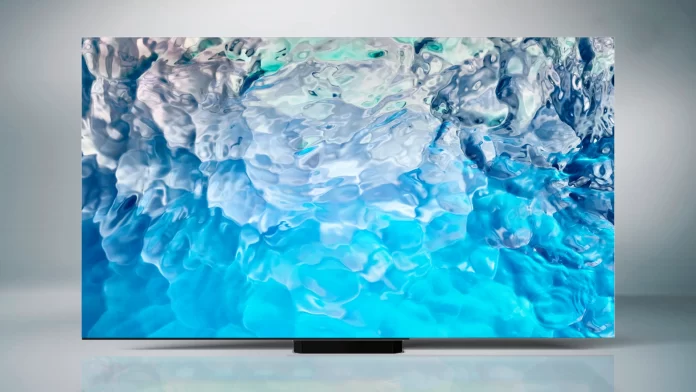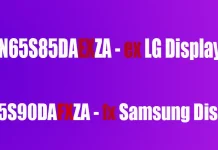In the recent CES 2022, some TV manufacturers announced the production of 144Hz TVs. This was received quite positively by many. However, there are many users who wonder why they need such TVs.
The fact is that most of the sources and different consoles or set-top boxes don’t support 144Hz screen refresh. So a TV like this looks like something you wouldn’t use to its full potential. However, there are cases where buying such a TV would be justified.
What is 144Hz TV?
144Hz is the refresh rate of your screen. It means that the screen updates the picture 144 times per second. Therefore, to use your screen to its fullest, you need content that has up to 144 frames per second.
As I described above, at the recent CES 2022 some manufacturers announced the first you with 144Hz screens. Samsung will equip their Neo QLED TVs with this feature, and TCL will release their first 144Hz TVs later in 2022.
On the other hand, such a high refresh rate hasn’t been news for a long time. There are monitors with more than 300Hz. But these are monitors which don’t have TV advantages and you don’t want to put a monitor in your living room. The main question to answer before you buy a new TV is, what are you going to use it for?
Why you might need a 144Hz TV?
There are many different TVs with different refresh rates. Each of them will suit you for different purposes. The 144Hz TV is primarily a gaming solution. Nowadays only PC games give you such a high FPS to achieve 140+ FPS.
However, such TVs can probably work freely with a lower refresh rate as well. Such as 50, 60, 100, and 120 Hz, because if these modes are not supported, all content will need to be converted for higher frame rates. This is difficult and impractical.
When it comes to content, regular TV shows use 50 FPS, movies use most often 24 FPS, and new generation gaming primes can deliver up to 120 FPS. However, it is worth noting that most games still go at 60 FPS even on new consoles. The only device that can give you 140+ FPS is a PC. However, there are some limitations that you should pay attention to.
So I would say that if you want to use your TV in conjunction with your PC, then it makes sense for you to think about buying a new 144Hz TV. On the other hand, if you need your TV to play console games and watch movies and shows, then you might want to consider buying a more suitable 120Hz TV.
What are the 144Hz TV limitations?
I would say that the main limitation you will face if you use your PC connected to a 144Hz TV is that you won’t find a Display Port in the TV. The fact is that conventional HDMI can’t transmit that many frames.
First, you should check if your video card supports HDMI 2.1 output and preferably also offer DSC (Display Stream Compression). With this configuration, you will be able to deliver all 140 frames per second on your TV. If you are using the DisplayPort now, you will probably have to give it up.
However, it’s possible that the new consoles may also receive updates that can give you access to 140+ FPS. At the moment there is no information regarding this, but the power PS5 and Xbox Series X can do it. So in any case it will be useful for you to have a cable HDMI 2.1
Read also:
- Vizio TV effective Refresh 60Hz, 120Hz, 240Hz explained
- Why you should get rid of the 60 Hz monitor?
- Hisense 50-inch ULED U6 Series Quantum Dot QLED 4K UHD Smart Fire TV Review
Is it better to buy a 144Hz monitor or a 144Hz TV?
If your goal is to use a 144Hz TV in conjunction with your TV, you might want to look at monitors. The thing is that monitors with high refresh rates are much cheaper and there are more of them on the market.
On the downside, I would say that a lot of monitors come with no sound and you’ll need to buy some external headphones or speakers. Monitors are usually much smaller in size than TVs. However, if you are interested in the competition mode, I would not recommend buying a TV with a very big screen.
Monitors on the other hand will be much more comfortable to stand on your desk and have a lower refresh rate, which is also important in competitive games. Also, a big monitor advantage is the availability of different ports such as DisplayPort, DVI, or even VGA.






